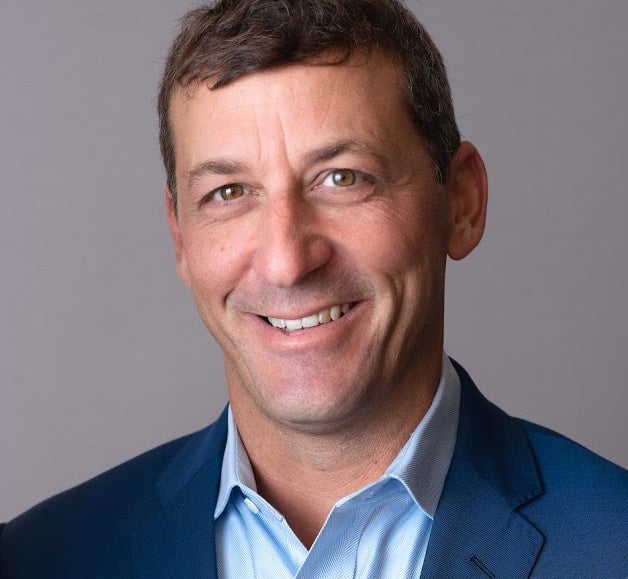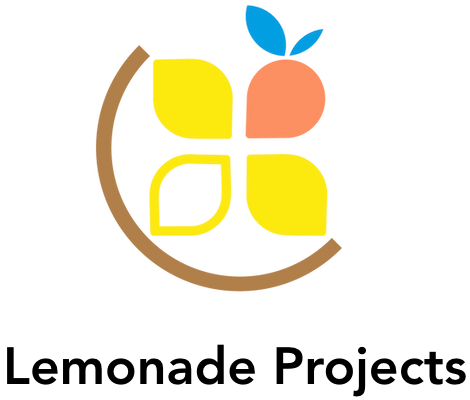What is true about programmatic advertising?
The answer to that question depends on whether an ad buyer is willing to observe the market through the lens of radical transparency, says Tom Triscari, CEO and founder of programmatic advertising advisory firm Lemonade Projects, speaking on this week’s episode of AdExchanger Talks.
“When you want to know what is true about something,” Triscari says, “it’s about getting very, very honest – and having no fear of whatever the consequences are.”
Take the industrywide freakout over made-for-advertising (MFA) websites, which have been around since the beginning of programmatic. (Scammers gonna scam.)
Ad tech consultancy Jounce Media has been banging the drum for more than two years about why these low-quality content crapfests are a valueless waste of ad budget.
And then, in June, the Association of National Advertisers released its programmatic transparency report (that Triscari consulted on), which found that MFA makes up around 15% of all ad impressions annually. That translates to roughly $13 billion in media waste a year.
Now, agencies and ad tech vendors are falling all over themselves to create solutions and partnerships to avoid this inventory money pit, because MFA is programmatic’s latest boogeyman (h/t Catherine Perloff).
But here are some home truths to consider.
MFA exists mainly because advertisers allowed themselves to be lulled by vanity metrics, like viewability, and to believe that cheap reach is a real thing. They also weren’t looking under the hood.
For example, private marketplaces (PMPs) – supposedly the preserve of premium publishers – are nearly as rife with MFA as the rest of the open web.
“You don’t know what’s in the box until you actually get it and look inside it [and], unfortunately, no one on the buy side ever bothered to look inside these PMPs – they take it at face value,” Triscari says. “And that’s the thing … face value is the biggest lie of any market.”
Also in this episode: Game theory, behavioral versus classical economics, MediaMath’s aftermath and Triscari’s passion project to write – and stage – a satirical musical comedy about “the folly” of programmatic advertising.
For more articles featuring Tom Triscari, click here.


















